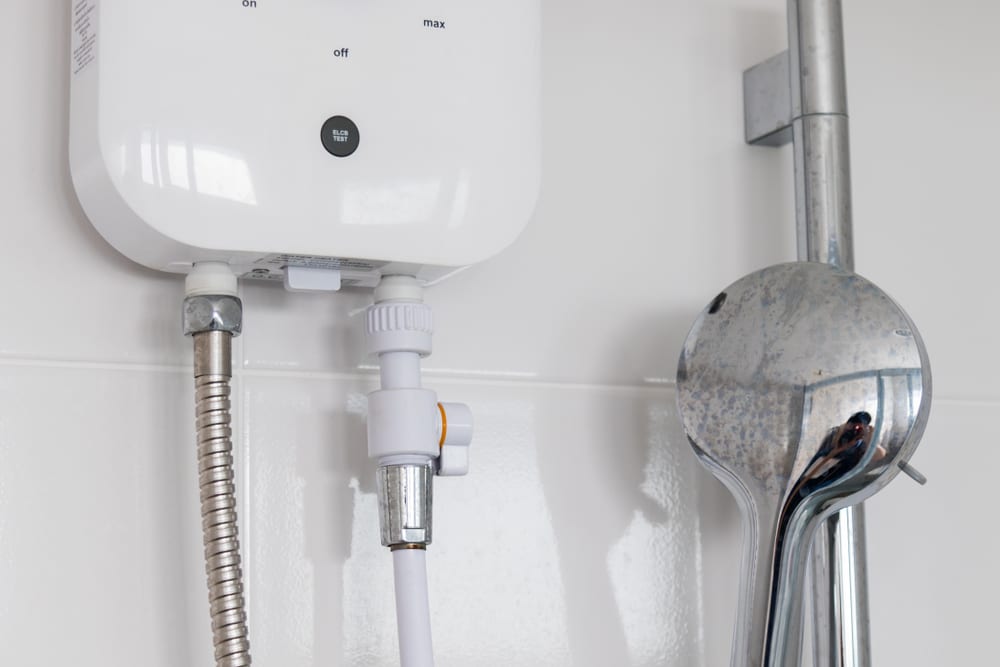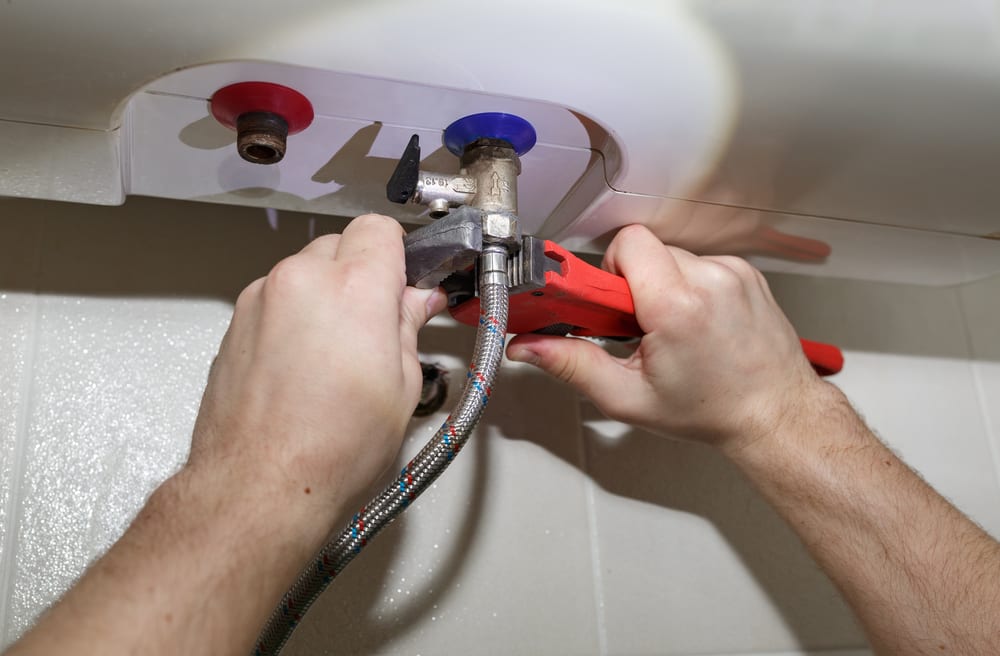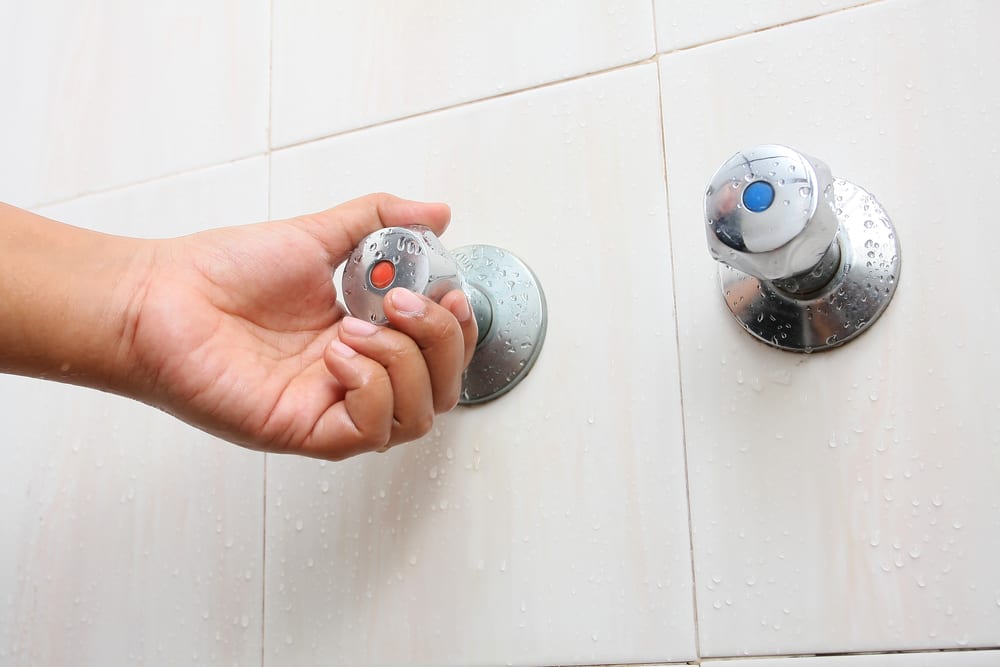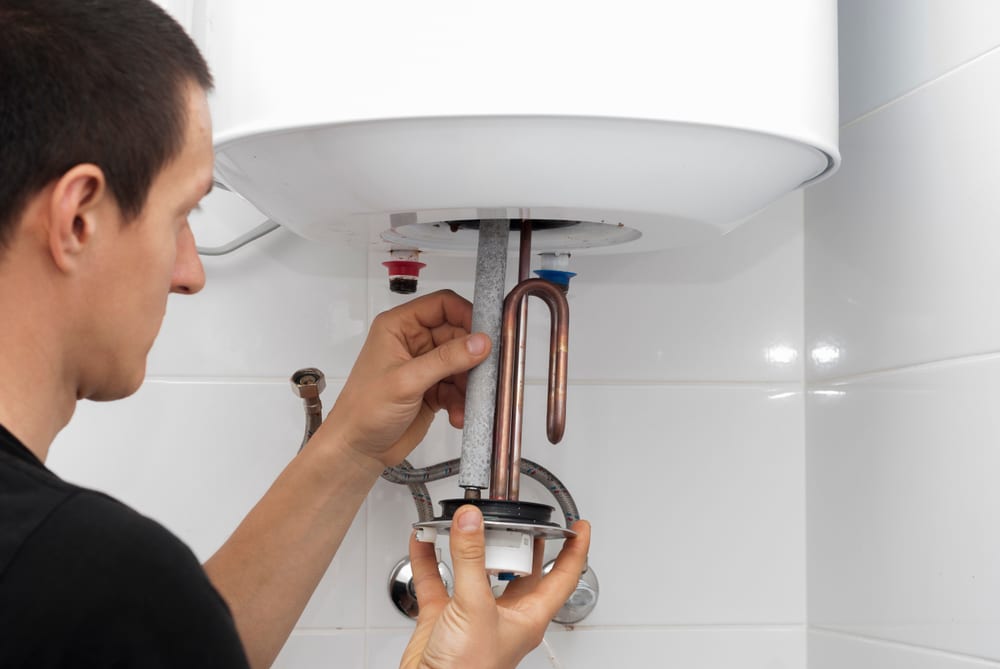
A growing number of homeowners are starting to replace their old hot water heaters with tankless water heaters to avoid the inconveniences of performing continuous maintenance on water tanks. Common problems with traditional tank water heaters include leaky temperature and pressure relief valves and sediment buildup. Although a tankless water heater requires less maintenance, this type of heater is susceptible to various types of issues. We have compiled a list of 5 types of tankless water heater problems to be familiar with and troubleshooting methods.
Table of Contents
Ordinary Tankless Water Heater Issues
Low Hot Water Capacity
Your tankless water heater is required to produce a large amount of hot water for daily tasks such as showering, cleaning the dishes, and washing clothes. The appliances in your house such as the dishwasher and washing machine utilize warm water to operate. A tankless water heater is engineered to provide a sufficient supply of warm water for various types of daily routines. If you are continuously running out of hot water while you shower or wash the dishes, this is a sign of an overloaded tankless water heater.
A water heater that is too small will not be able to produce enough hot water for more than 1 or 2 hot water applications. When a water heater deactivates, the easiest way to fix the problem is to reset the unit. To prevent the water heater from shutting down, you will need to limit the total number of simultaneous hot water applications.
For example, do not perform a load of laundry while you are showering in the morning. If you are not able to limit your hot water usage, you will need to purchase a new tankless water heater with a higher capacity. On the other hand, it may be beneficial to purchase a second tankless water heater to provide warm water to your appliances and fixtures.
 Blockages in Exhaust Pipes
Blockages in Exhaust Pipes
Depending on the type of tankless water heater you have, it may use electricity, propane, or natural gas to create warm water. Water heaters that operate on natural gas or propane are integrated with exhaust pipes that lead to the exterior of your house. The pipes are designed to remove poisonous gas that is used during the combustion process.
To prevent a dangerous gas leak, a tankless water heater is engineered to present an error code when the exhaust pipes become clogged. Since the gas pipes are connected to the exterior of your house, objects such as a birds nest, rats, sticks, or dirt can create a blockage that interferes with the flow of natural gas.
Perform an inspection of the pipes outside your house to confirm if you notice a nest or rodents in the exhaust pipes. If your tankless water heater is displaying an error code, the source of this problem may be a crack or hole in the gas pipes. In addition, perform an inspection to confirm the pipe connections are secure. A loose exhaust pipe can cause a gas leak in your house.
Tips & Insights: How Big of a Furnace Do I Need?
Ignition Failure
Tankless water heaters are equipped with a hot surface ignition system that is engineered to ignite propane or natural gas. The advantages of purchasing a water heater that features a hot surface igniter includes low emissions and excellent fuel efficiency. This type of ignition system is assembled with miniature electric parts that are made from silicon. If your tankless water heater is not heating the water in your house, this is a sign of damaged electrical parts in the ignition system.
Once a tankless water heater is activated, the parts of a hot surface ignition system become warm. Next, the incoming natural gas will be ignited by the hot surface igniter prior to reaching the gas burners. If you are receiving no hot water from your fixtures or shower, this is a sign of a broken part in the ignition system. On the other hand, a minimal supply of warm water can be caused by a water or gas valve that is not open.
If your gas valve is partially closed, the hot surface igniter will not receive enough natural gas to produce warm water. The quickest way to fix this problem is to open the gas and water valves to ensure the tankless water heater is receiving an optimal amount of water and natural gas. Does your tankless water heater operate on propane? The source of the cold water in your shower may be an empty propane tank on your property. You will need to refill your propane tank to restore the flow of warm water to your fixtures and appliances.
 Temporary Gap of Cold Water
Temporary Gap of Cold Water
An advantage of investing in a tankless water heater includes the elimination of cold showers. If you have ever been required to take a shower directly after a family member, you are probably familiar with the inconveniences of a cold shower. Although a tankless water heater is designed to produce instantaneous warm water, it can take a couple of seconds to heat the water when you turn on the water tap.
A common problem with tankless water heaters is temporary cold water. If you encounter cold water a couple of seconds after you step into a warm shower, you may be curious why your water heater is not producing hot water. This problem is caused by the location of your tankless water heater. When your water heater is installed in a location that is far away from the bathroom, it will take a couple of seconds or a minute for the warm water to reach your shower.
When you step into a shower directly after a family member, you will receive warm water at first. However, you will encounter cold water for a couple of seconds before the water returns to a warm temperature. When your family member stepped out of the shower earlier, a small amount of warm water became trapped in the pipes behind your walls. Once you started your shower, you received the leftover warm water that was in the pipes.
On the other hand, it takes a couple of seconds for new warm water to be produced by the tankless water heater. This is why you encountered a brief period of cold water at the beginning of your shower. Unfortunately, there is no easy way to fix this problem with your tankless water heater. The easiest way to prevent stepping into a cold shower is to wait for a minute after you turn on the water tap to begin your shower. This will allow the cold water to exit the water pipes before you walk into the shower.
Tips & Insights: What Are the Benefits of Buying a Heat Pump System?
Collection of Minerals
Hard water contains a large amount of minerals such as calcium and magnesium. These minerals slowly start to collect on the interior pipes and parts in your tankless water heater. If you encounter discolored warm water when you turn on the sink, this is a sign of minerals in your tankless water heater.
Once the sediment buildup becomes severe, you may notice the water exiting your sink is yellow or brown. An effective way to prevent plumbing problems caused by a mineral buildup in your water heater is to install a water softener in your house. This type of water treatment system is designed to remove magnesium and calcium particles from water before it is distributed to your tankless water heater.
 Water Heater & Plumbing Repair Services
Water Heater & Plumbing Repair Services
If your tankless water heater is not producing enough warm water, give our team of licensed plumbers a call by phone at (904) 217-5694 to receive assistance. We offer tankless water heater repair and installation services for brands such as Noritz, Navien, and Rinnai. In addition, our team of technicians offers plumbing repair services for broken sump pumps, damaged water lines, clogged drains, and cracked gas lines.
Although tankless water heaters have a few problems, the benefits of this type of water heater outweigh the drawbacks. Tankless water heaters are more efficient when compared to traditional water heaters. In addition, tankless heaters feature a longer life cycle when compared to other types of heaters.
Tips & Insights: How to Fix a Dripping Faucet in Your Kitchen

